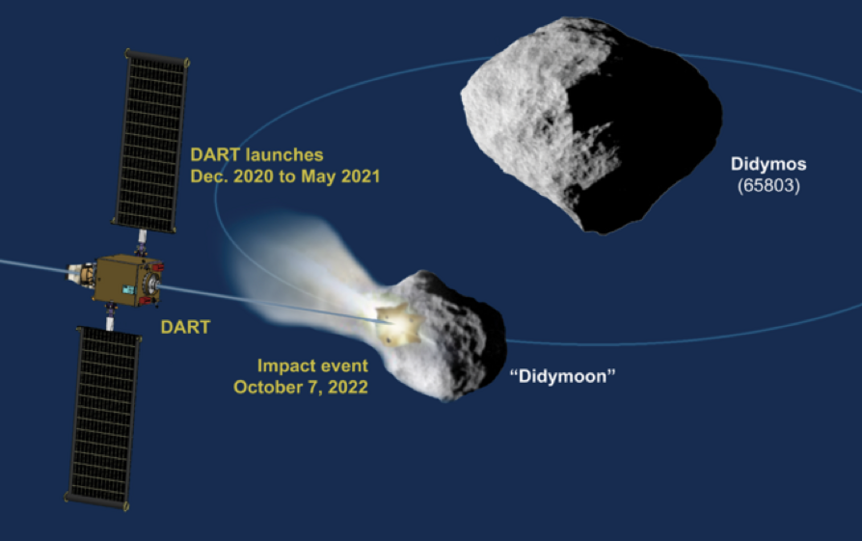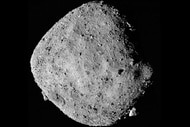Create a free profile to get unlimited access to exclusive videos, sweepstakes, and more!
Could smashing a spacecraft into an asteroid save humanity in the near future?

NASA wants to use a satellite for something other than exploration — like having it purposely head-butt an asteroid on a collision course with Earth.
If this sounds like some government plan for what to do in the face of Armageddon (or, you know, kinda like the movie Armageddon), it isn’t. It's about preventing a potential real Armageddon if it’s hurtling straight toward us. NASA is developing DART (Double Asteroid Redirection Test) as its first mission ever geared toward planetary defense instead of exploring asteroids and unearthing things about the solar system’s past. Unlike OSIRIS-REx’s recent closeup with Bennu, the space agency plans to use DART as a giant fist to bump any incoming asteroid back into space.
"Planetary defense is really about the present solar system and what are we going to do in the present," DART project scientist Nancy Chabot, who is also a planetary scientist at Johns Hopkins University’s Applied Physics Laboratory, told Space.com.
More like the present and the future. It doesn’t take a day for an asteroid to get here, and making sure we have a defense system that actually works is something NASA will have to keep at for years, possibly decades. There’s just one thing. When you’ve never actually shoved an asteroid out of the way before, you don’t know which maneuvers are going to give you the most success.
DART is the answer to that uncertainty. With the binary asteroid Didymos (which is no threat to our planet) as its target, it will be NASA’s first test of how well a satellite can change the course of an asteroid, without the end of the world as a consequence if the attempt is a miss.
But first, data. The DART team will have to study Didymos for all the data it can before playing bumper cars with an asteroid. Not only will the data be a guide to this test run, but it could save billions of lives if NASA ever finds itself having to send an asteroid that could annihilate us off course.
Didymos was chosen as DART’s punching bag because the smaller object of the binary asteroid, nicknamed “Didymoon,” is ideal for the car-size satellite to slam into at 13,500 mph. Finding as much as possible about both bodies of Didymos and where they are in relation to Earth will make the collision that much easier to track with telescopes.
"It's interesting, because it's a space mission, but the telescopes are such a huge, important part of the mission succeeding," Chabot said. "We have to know where this moon is in order to impact it, to make this maximum deflection… specifically where that moon's gonna be [requires tracking] because we want to try to hit it head-on."
Watch for DART to take off in June 2021 and get into crash mode in October 2022.
(via Space.com)














